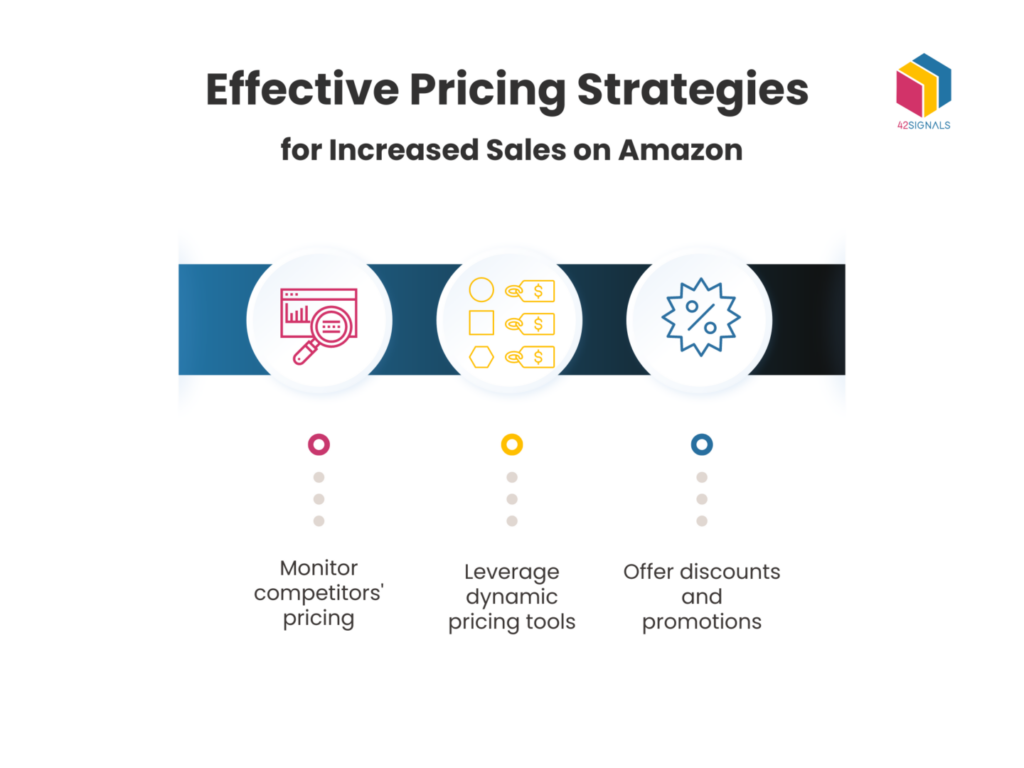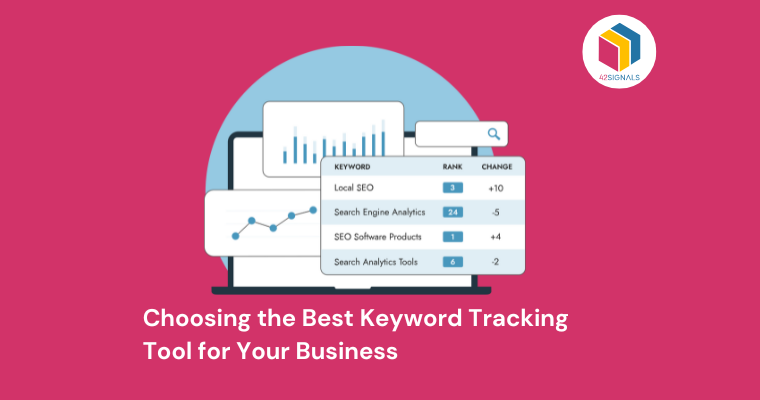The Significance of Presence on Amazon
Amazon transcends the typical online marketplace; it stands as a dominant force in the world of retail. With over 310 million active customers and a vast product catalog, it has become the go-to platform for shoppers seeking convenience, choice, and reliability. As such, establishing a strong presence on the Amazon digital shelf is paramount for brands and businesses for several reasons:
- Customer Reach: Amazon’s extensive customer base provides unparalleled access to potential buyers.
- Credibility and Trust: Shoppers often trust Amazon for product quality and delivery, lending credibility to your brand.
- Global Exposure: Amazon’s international presence enables businesses to tap into global markets effortlessly.
- Sales Potential: High traffic and conversion rates on Amazon can translate into significant sales growth.
- Competitive Advantage: Being on Amazon allows you to compete with both established brands and emerging competitors.
DSA and its Role in Optimizing Your Amazon Presence
What is Digital Shelf Analytics (DSA)?
Digital Shelf Analytics refers to the process of monitoring and analyzing key performance indicators (KPIs) on the Amazon platform. It involves tracking metrics such as product visibility, consumer ratings, pricing, competitor activity, and customer reviews. By leveraging this data, businesses gain valuable insights into their performance and can make informed decisions to drive growth.
What is digital shelf reporting?
With DSA reports, businesses can monitor their Amazon presence in real-time, allowing them to identify and address any issues promptly. For example, if a product is not ranking well in search results, businesses can make adjustments to increase visibility. By proactively managing product listings and optimizing content, businesses can improve their overall performance on Amazon.

Image Source: Xtract
Advantages of Using DSA to Improve Your Amazon Digital Shelf
- Improved Product Visibility: By tracking and analyzing search rankings, businesses can identify opportunities to improve product visibility. With insights from digital shelf analytics, businesses can optimize product listings by incorporating relevant keywords and creating compelling content. This increases the chances of products appearing higher in search results, resulting in increased traffic and sales.
- Competitor Analysis: Analytics provides businesses with the ability to track and analyze competitor activity on Amazon. By monitoring competitor pricing, product assortment, and customer reviews, businesses can gain a competitive edge. This information allows businesses to align their pricing strategies, optimize product selection, and improve customer satisfaction.
- Enhanced Customer Insights: Understanding customer behavior is crucial for driving growth on Amazon. Using DSA, enterprises can acquire valuable information about customer preferences, purchasing behaviors, and demographic profiles. This data can then be employed to enhance product descriptions, images, and pricing strategies, all with the aim of providing a more tailored experience to meet customer demands.
- Real-time Performance Monitoring: DSA enables businesses to track their performance on Amazon in real time. This allows businesses to identify any issues or areas of improvement promptly. By continuously monitoring key metrics, businesses can optimize their Amazon presence and make necessary adjustments to enhance performance.
- Data-driven Decision Making: DSA empowers businesses to make data-driven decisions. Through the analysis of metrics and trends, companies can spot potential openings, make well-informed pricing choices, fine-tune product listings, and craft potent marketing strategies. This paves the way for streamlined and proficient decision-making, ultimately yielding enhanced performance and fostering growth.
Implementing Digital Shelf Analytics for Amazon Digital Shelf
To effectively utilize digital shelf analytics on Amazon, businesses should follow these key steps:
- Select the Right Analytics Tools: There are various DSA tools available in the market like 42Signals to help optimize your Amazon digital shelf. Businesses should choose a tool that aligns with their specific needs and budget. The tool should provide comprehensive data analysis, competitor tracking, and real-time monitoring capabilities.
- Define Key Metrics: Businesses need to identify the key metrics they want to track on Amazon. This could include search rankings, customer reviews, conversion rates, pricing, and competitor activities. Defining key metrics allows businesses to focus on the most relevant data and gain actionable insights.
- Regular Monitoring and Analysis: DSA is an ongoing process. It is crucial to regularly monitor and analyze data to identify trends, track performance, and make necessary adjustments. This includes monitoring search rankings, competitor pricing, customer sentiment and reviews, and overall product performance.
- Optimize Product Listings: Using the insights gained from DSA, businesses should continuously optimize their product listings. This involves incorporating relevant keywords, improving content quality, and optimizing images to enhance product visibility and attract customers.
- Leverage Competitor Insights: Digital analytics provides businesses with valuable competitor insights. By analyzing competitor pricing, product assortment, and customer reviews, businesses can identify gaps and opportunities. This enables businesses to optimize their own pricing strategies, assortment, and customer experience to gain a competitive advantage.

Conclusion
Digital shelf analytics plays a crucial role in optimizing a business’s presence on Amazon. By leveraging data and insights, businesses can improve product visibility, gain a competitive edge, enhance customer satisfaction, and make informed decisions.
Remember, digital analytics is not a one-time effort but an ongoing journey to adapt and excel in the ever-evolving Amazon marketplace.
Start your journey with 42Signals today, and you’ll be better equipped to make data-driven decisions that drive your Amazon success.
Frequently Asked Questions
What is the Digital Shelf?
The digital shelf is the collection of online spaces where products are displayed and sold. It’s the virtual counterpart to the physical shelves you see in a store, but instead, it spans across e-commerce websites, mobile apps, and social media platforms. It’s where consumers interact with brands digitally, making it a critical battleground for market visibility and sales.
What is Digital Shelf Optimization?
Digital Shelf Optimization (DSO) involves strategies to enhance a product’s online presence and searchability. It’s about ensuring that your product listings are complete, accurate, and engaging across all online retail channels. DSO aims to improve the consumer’s online shopping experience, thereby increasing the likelihood of conversion and customer loyalty.
What is Digital Shelf Excellence?
Digital Shelf Excellence is the pursuit of perfection in online product presentation and performance. It means your products not only show up on the digital shelf but also stand out through superior content, strategic placement, and interactive elements that drive engagement and sales. It’s an ongoing process of measuring, learning, and improving to stay ahead in the digital marketplace.





